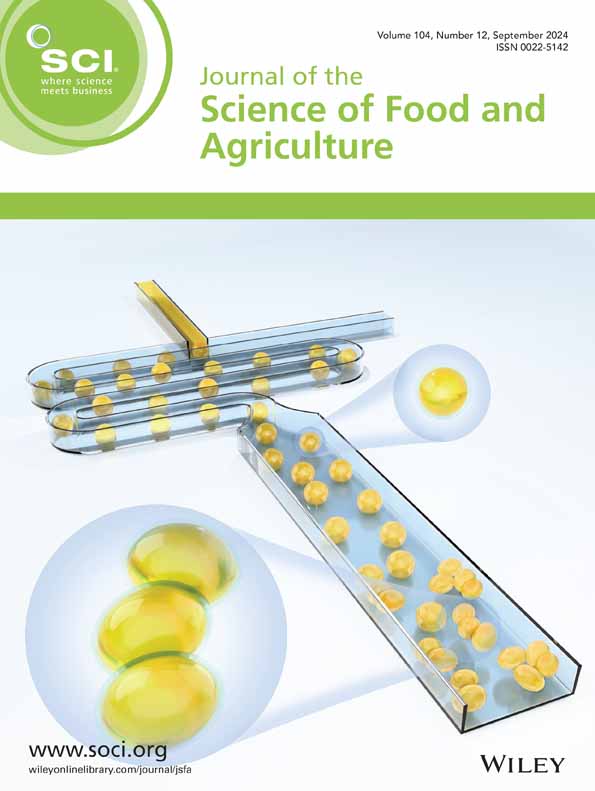Identification of nutritional characteristics of Haliotis discus hannai in different China sea areas and health risks of heavy metal accumulation
Abstract
Background
The nutritional compositions of abalones (Haliotis discus hannai) vary with geographical origins and environmental factors. Traceability is an important part of food safety, and the heavy metals in the aquatic environment pose a threat to living organisms. Therefore, we present a comparative analysis of the nutrient and heavy metal content in abalones from three different sea areas in China: the Bohai Sea, East China Sea, and South China Sea. This study uniquely addresses the correlation between nutrient composition and heavy metal accumulation. By employing weighted gene co-expression network analysis, we reveal the biological implications of heavy metal exposure, specifically focusing on chromium, copper (Cu), manganese, zinc, arsenic (As), cadmium, and lead.
Results
Betaine, glycine, and glycogen appeared in three comparisons. The abalone in the East China Sea had the highest content of betaine, and the abalone in the South China Sea had the highest contents of glycine and glycogen. Among the measured metals, the heavy metals accumulated in the viscera were significantly higher than that in the muscle, except Cu, and As showed a high target hazard quotient and carcinogenic risk.
Conclusion
Betaine, glycine, and glycogen might be important indicators for origin traceability of abalone. Abalones from the South China Sea provide higher nutritional value. Cu had different accumulation patterns and As showed high health risks, and heavy metals brought oxidative stress to abalone. Our findings not only contribute to the understanding of abalone safety and quality but also provide a novel approach to assessing impact of heavy metals on marine food sources. © 2025 Society of Chemical Industry.

 求助内容:
求助内容: 应助结果提醒方式:
应助结果提醒方式:


